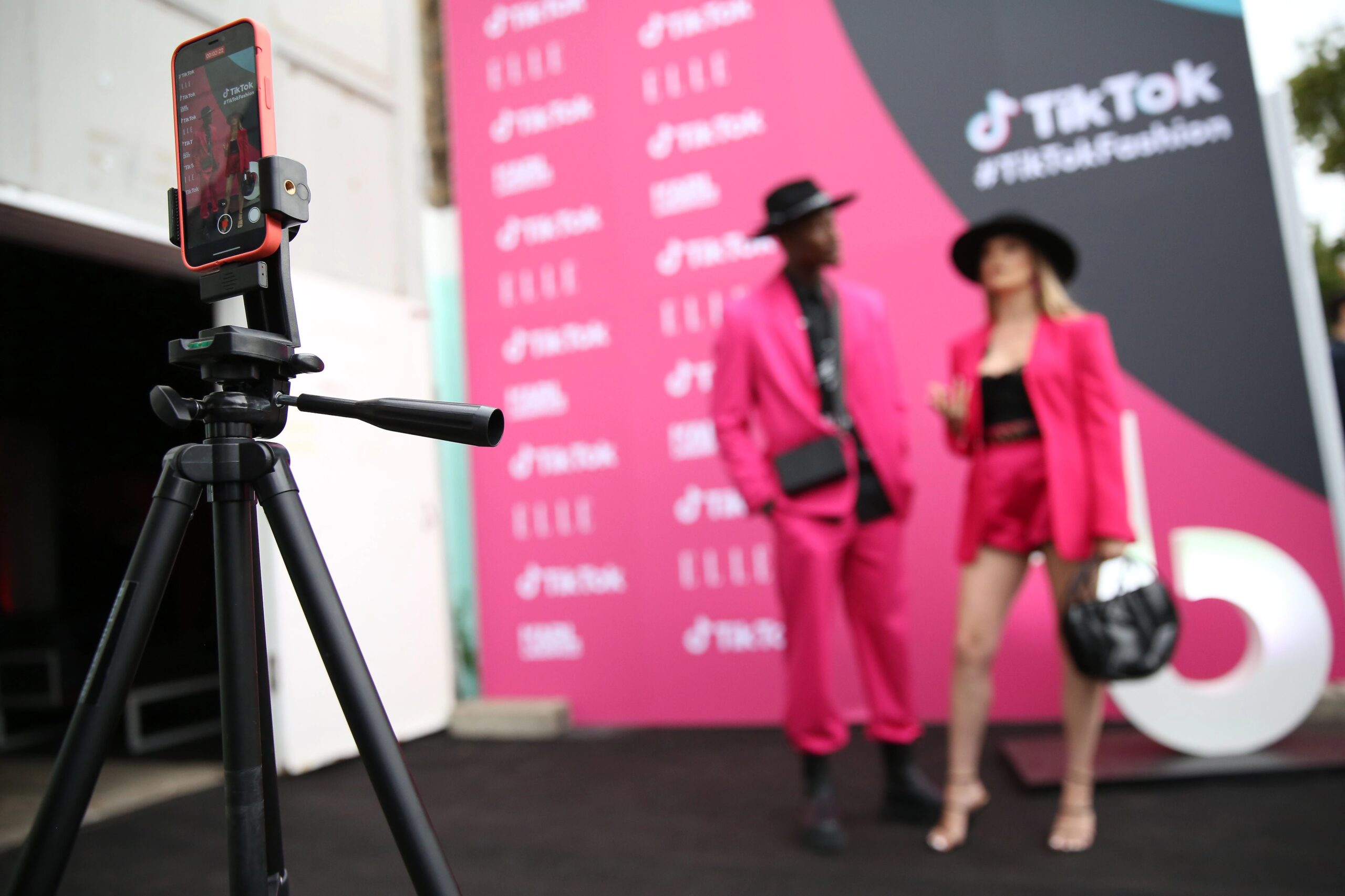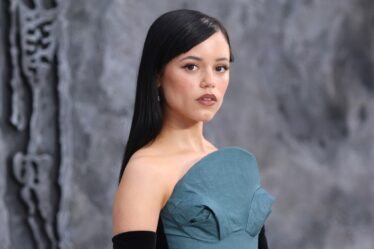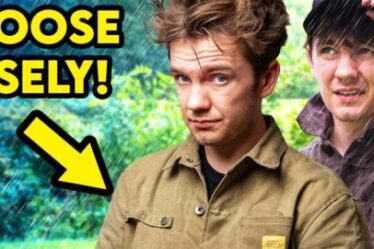
Between TikTok’s explosive rise and Instagram’s new emphasis on Reels, one social-media trend is clear: video is king.
For fashion businesses, that marks a momentous shift in how they communicate their carefully curated images to the world.
Still photography is the historical cornerstone of fashion storytelling, dating back more than a century during which fashion houses relied on magazines like Vogue and photographers from Edward Steichen to Juergen Teller to ensure audiences saw them the way they wanted. Even after televisions became ubiquitous, photos remained fashion’s medium of choice, except in the case of fragrances and beauty products, the accessible categories brands marketed to the masses with their dramatic and often bafflingly weird commercials.
But consumers swapped magazines for social media and are now swapping photos for video. Fashion has little choice but to follow their lead.
Creating video isn’t the same as producing photo shoots though. Video extends over time. You need more raw material. You need editing. You need sound.
“It is a different skill set,” Calla Murphy, vice president of digital strategy and integrated marketing at Belardi Wong, a marketing strategy and creative services firm, told me recently when we talked about advertising on TikTok. “All of our clients have incredible still photography. That’s absolutely a given. But a lot of clients are saying, ‘Hey, we’re hiring interns, we’re hiring new people just to do video.’”
A quick look at the TikTok and Instagram accounts of Dior, to take one example of a brand leaning into the format, illustrates just how demanding video can be.
Dior’s recent photo post on Instagram about its Escale à Portofino Eau de Toilette is just a shot of the bottle sitting atop a table in the foreground and overlooking what’s suggested in the caption to be the Italian Riviera out of focus in the background. It’s a nice image but overall fairly simple.
By contrast, Dior’s videos on Instagram and TikTok showcasing its fragrance Bois d’Argent are more elaborate affairs. They open on the bottle as the camera swings over top and dives in through the cap. What follows are moody shots of irises and smoke — presumably frankincense, a main note in the scent — before a silvery liquid rushes across the screen. Toward the end of the video a single drop of it falls down the front of the Bois d’Argent bottle.
Photoshoots can be lavish productions themselves, but the additional work involved in creating video is evident in Dior’s posts. The Bois d’Argent video is 17 seconds and comprised of eight different shots, all set to an electronic beat.
Sound is a key element of video that photos don’t have to worry about. One TikTok showing the making of a quilted Dior bag focuses almost entirely on the auditory qualities of the process. It’s practically an ASMR post and earned more likes than many of the other videos Dior posted just before and after.
These videos work hard to catch a viewer’s attention right from the start, a necessity to hold anyone’s interest on TikTok. A post on the platform promoting the brand’s collaboration with rapper Travis Scott is all flashing energy, comprised of numerous shots of models dancing and gesturing over a psychedelic backdrop, all with a soundtrack by Scott. On Instagram, meanwhile, Dior recently showcased the partnership with a subdued post featuring a model in what looks like a painter’s studio staring tranquilly into the camera.
“You’re thumb-scrolling so fast until you see something you want to see,” Tony Drockton, founder of the handbag brand Hammitt, said about TikTok when we spoke about the challenges of advertising on it. “The traditional platforms, you could get thumb-stopped more often, even on an ad.”
Drockton said his brand has been creating more video as it works to keep up engagement on social media. I asked how tough it has been to make the transition to video from photography.
“Tough,” he said.
Video already features heavily on Dior’s Instagram feed. As of this writing, 30 of its last 100 posts on the platform are video. It’s not hard to imagine how challenging it might be for smaller brands without Dior’s deep pockets to keep up with these new demands.
Though of course not every video needs to be as expertly polished as Dior’s. A post can be as simple as someone speaking into the camera or details from behind the scenes. Designer Joseph Altuzarra recently created a personal account on TikTok and told BoF he felt less pressure for everything to be perfect than on Instagram, in part because the content users see on TikTok isn’t based as much on who they follow but rather what the algorithm determines users find most engaging, making it feel somewhat random.
The video Reels the Altuzarra brand posts on Instagram do tend to be carefully produced, however, rather than off-the-cuff. Official brand accounts may only have so much leeway to post informal videos if they want to preserve their high-priced images.
If the future of social media is a combination of more video and more algorithmically driven content, where a post’s ability to grab viewers rather than who posted it is what brings it into users’ feeds, it’s likely to pose real challenges for fashion brands, especially smaller ones. Not only will they have to produce enough content to keep up, but they’re also going to have to make sure that content is engaging enough that users will see it. For fashion’s content machine, it’s a new moving target.



